Physical Address
304 North Cardinal St.
Dorchester Center, MA 02124
Physical Address
304 North Cardinal St.
Dorchester Center, MA 02124
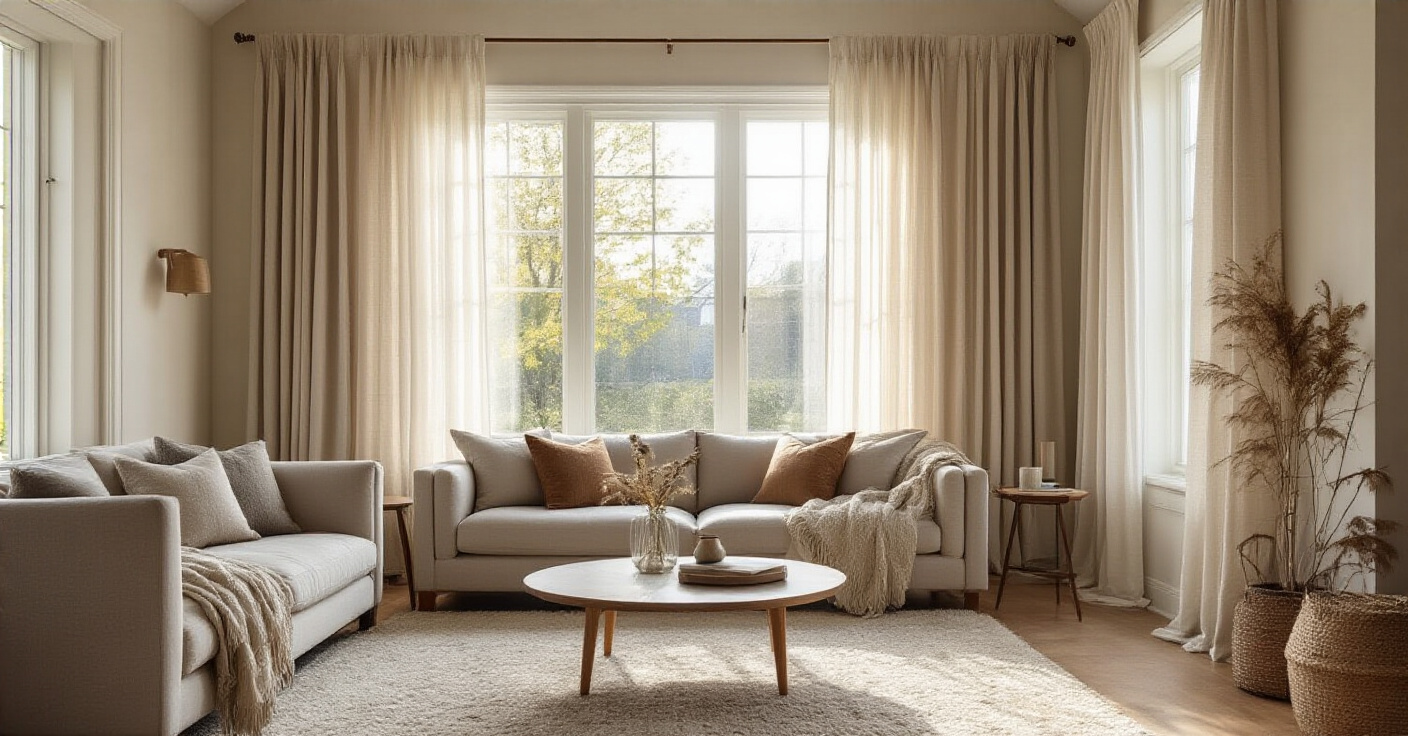
Create a living room that's a sanctuary for your eyes and ears. Riley's 23 cozy ideas fuse interior design with acoustics for the perfect musician's haven.
You know what people always ask me about “cozy”? They show me a picture on Pinterest of a room with a billion blankets and a fuzzy rug, and they say, “I want that feeling.” And I get it. But most of the advice out there misses the most important, most visceral element of coziness, especially for people like us who live and breathe music.
They forget about the sound.
A room can be as soft and warm as you want, but if it’s a hard, echoey box where every note from your guitar sounds thin and every record sounds harsh, it will never feel truly comfortable. It’ll feel tense. Unsettled. Real coziness—the kind that lets you sink in and get lost in a piece of music—is a full-body experience. It’s about creating a sanctuary for your ears just as much as your eyes. So, let’s talk about how to do it right, blending the look with the physics.
Before you even think about buying a throw pillow, you have to get the bones of the room right. This is the stuff that sets the stage for everything else. Get this part wrong, and you’re just decorating a problem. Get it right, and the rest is easy.
Everyone will tell you to hang your curtains “high and wide” to make the window look bigger and let in more light. They’re right, but they’re missing the musical point. That big, beautiful window is also a giant, flat, reflective surface. It’s an acoustic mirror. In an untreated room, sound waves from your speakers or your instrument will hit that glass and bounce right back, creating a harsh, sharp echo called Flutter Echo.
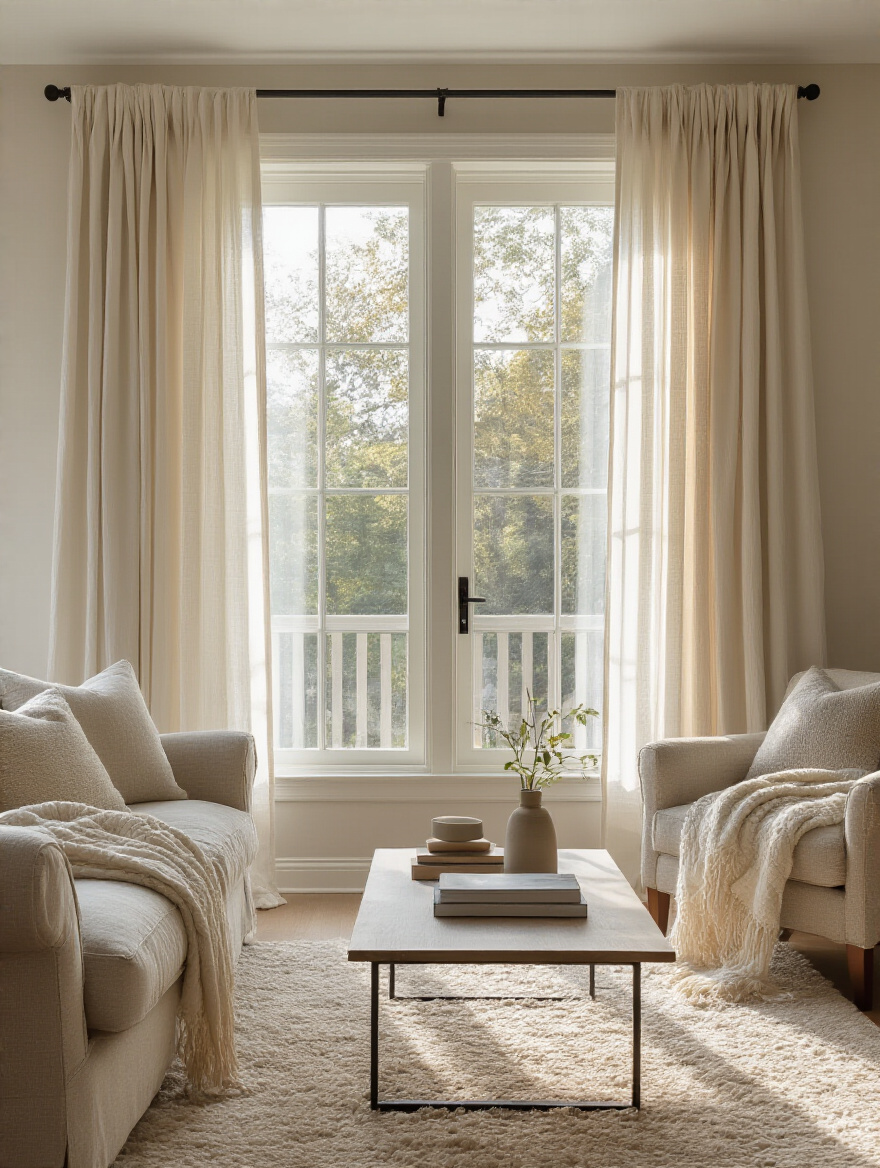
Heavy drapery is your best friend here. Think of thick linen, velvet, or any tightly-woven fabric. When you hang those curtains high and wide, you can pull them completely clear of the window to let light flood in during the day. But when you’re ready to practice or have a serious listening session, you can draw them closed. They’ll absorb those harsh reflections, immediately warming up the sound of your room and making it feel more intimate and focused. This is the easiest, most effective acoustic treatment you can do.
Once the light and reflections are managed, it’s about arranging the space itself.
Most articles talk about zoning for “conversation” or “reading.” For us, it’s about creating a “practice zone” or the perfect “listening triangle.” Don’t just push your sofa against one wall and your speakers on another. Pull the furniture away from the walls. Create a listening zone where your main seat is the same distance from each speaker as the speakers are from each other, forming an equilateral triangle. This is your “sweet spot,” where you’ll hear the stereo image exactly as the artist intended.

And use your furniture to control the sound. An open-backed bookshelf filled with books and records of varying sizes is one of the best, most beautiful sound diffusers you can own. It scatters sound waves so they don’t just bounce back at you, creating a richer, more complex and “live” acoustic environment. You’re not just organizing your space; you’re tuning it.
Now that the room has a functional layout, let’s dial in the vibe with light.
Harsh, direct overhead lighting is a creativity killer. Period. I once had a client, a brilliant jazz pianist, who couldn’t figure out why he hated practicing in his new home studio. We swapped his single, cold overhead light for a layered system: soft, dimmable track lighting pointed at the walls for a general glow, a beautiful floor lamp by his reading chair, and a focused task lamp right over his sheet music. The change was instantaneous. He felt relaxed, focused, and invited into the space.
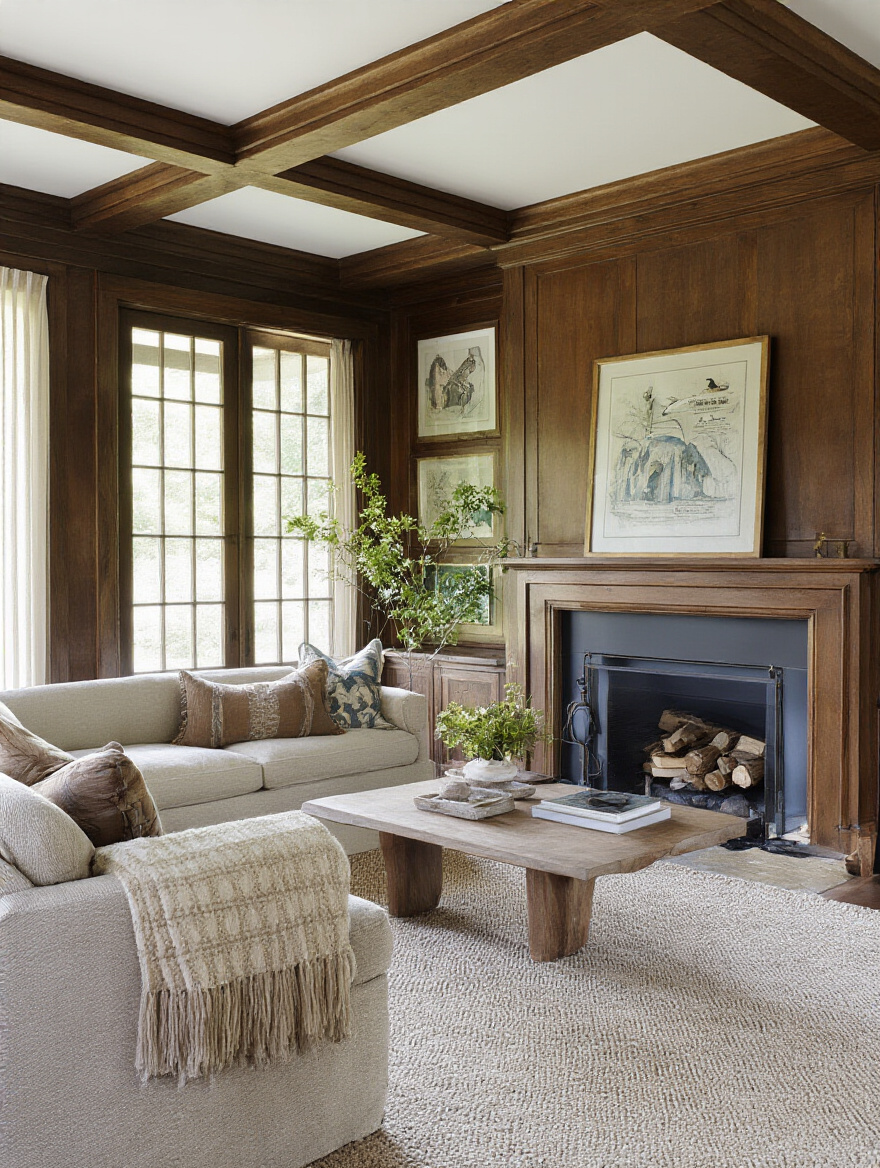
Your room needs options. Ambient light (from diffused sources), task light (for reading scores or liner notes), and accent light (to highlight that beautiful guitar on the wall). Crucially, make it all dimmable and make it all warm. We’re talking 2700K bulbs. That warm, amber glow is psychologically calming. It mimics firelight. It tells your brain it’s time to slow down, listen deeply, and create.
That warm light needs to reflect off a welcoming surface, which brings us to the walls.
This one seems obvious, but the science is solid. Warm colors—muted terracottas, deep greens, cozy greiges (that’s grey + beige), even a rich off-white—make a space feel more enveloping. Cool colors like stark white or icy blue visually recede, making a room feel bigger but also more sterile and empty. Warm colors advance, wrapping around you like a blanket.
From an engineer’s perspective, the finish matters, too. A flat or matte finish is slightly better at diffusing high-frequency sound waves than a glossy, reflective one. It’s a tiny detail, but these things add up. The main takeaway is that your wall color is the backdrop for everything. It sets the emotional key of the room. Choose a color that makes you feel grounded and calm, and your music will thank you.
Next, we address the biggest surface in the room after the walls: the floor.
Can we talk about the most common mistake I see? People buy a rug that’s too small. It floats in the middle of the room like a sad little island, making everything feel disconnected. A rug is not a doormat; it’s the foundation of your cozy zone. The front legs of all your main furniture—the sofa, the armchairs—should be on the rug. This anchors the space and makes it feel whole.
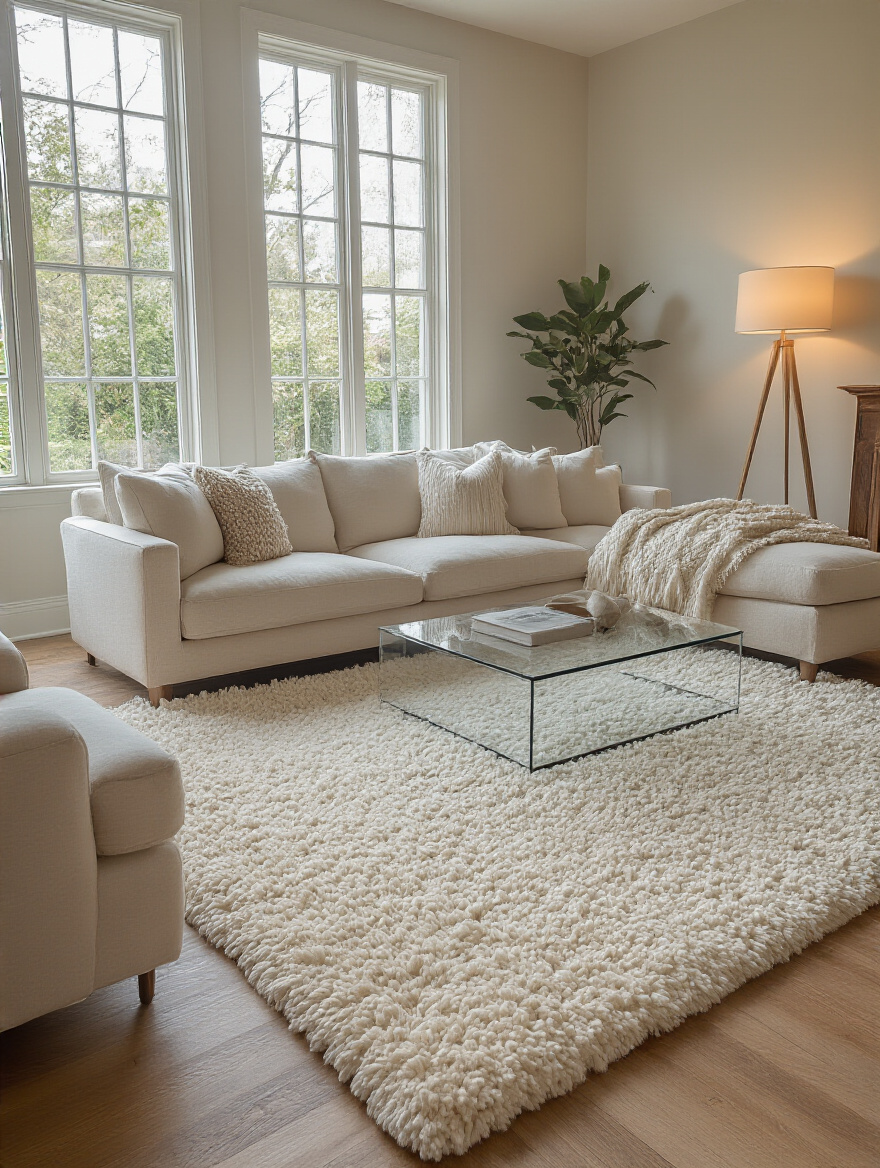
But here’s what really matters: that rug is the single most important acoustic element you will buy. It is a massive sound absorber. It completely kills the nasty echo between a hard floor and a flat ceiling. I once walked into a beautiful loft with concrete floors and 15-foot ceilings. The owner, a singer-songwriter, said her voice sounded “brittle” in there. We didn’t even put up formal acoustic panels. We just brought in a huge, thick, deep-pile wool rug. The difference was night and day. The room’s sound became instantly warmer, more controlled, and profoundly more intimate.
Okay, the foundation is set. The room is structured to look and sound good. Now we get to the fun part: layering in the textures that invite you to touch, to linger, and that secretly do a ton of acoustic work for you.
A chunky knit throw isn’t just a prop for an Instagram photo. Think of it as a small, movable acoustic panel. When you drape it over the back of a leather sofa or a wooden armchair, you’re breaking up a hard, reflective surface. You’re adding absorption exactly where it’s needed.
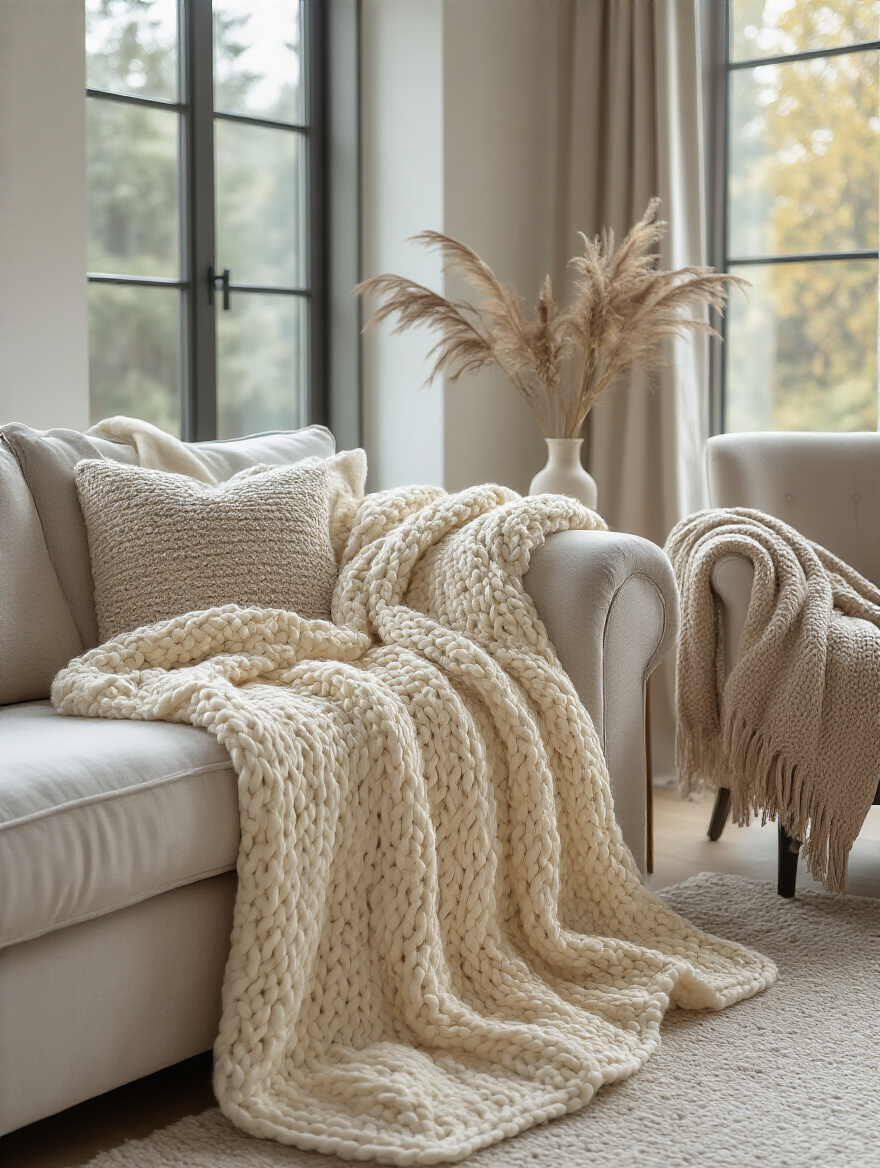
Of course, the tactile feeling is key. Natural fibers like wool, alpaca, or chunky cotton feel incredible and signal to your brain that this is a place for comfort. The goal is to make every surface in the room feel inviting, to eliminate those hard edges, both visually and sonically. An artfully tossed throw makes a space look lived-in and feel acoustically “dampened” in the best way possible.
With throws in place, you need their best friends: pillows.
The same principle applies here, but with more versatility. An array of soft pillows in different textures—velvet, faux fur, linen, knit—turns your sofa into a cozy nest. It also turns it into a highly effective sound absorber. That big leather sectional you love? It’s a sonic bounce house for mid- and high-frequencies. Piling on the pillows disrupts those reflections.
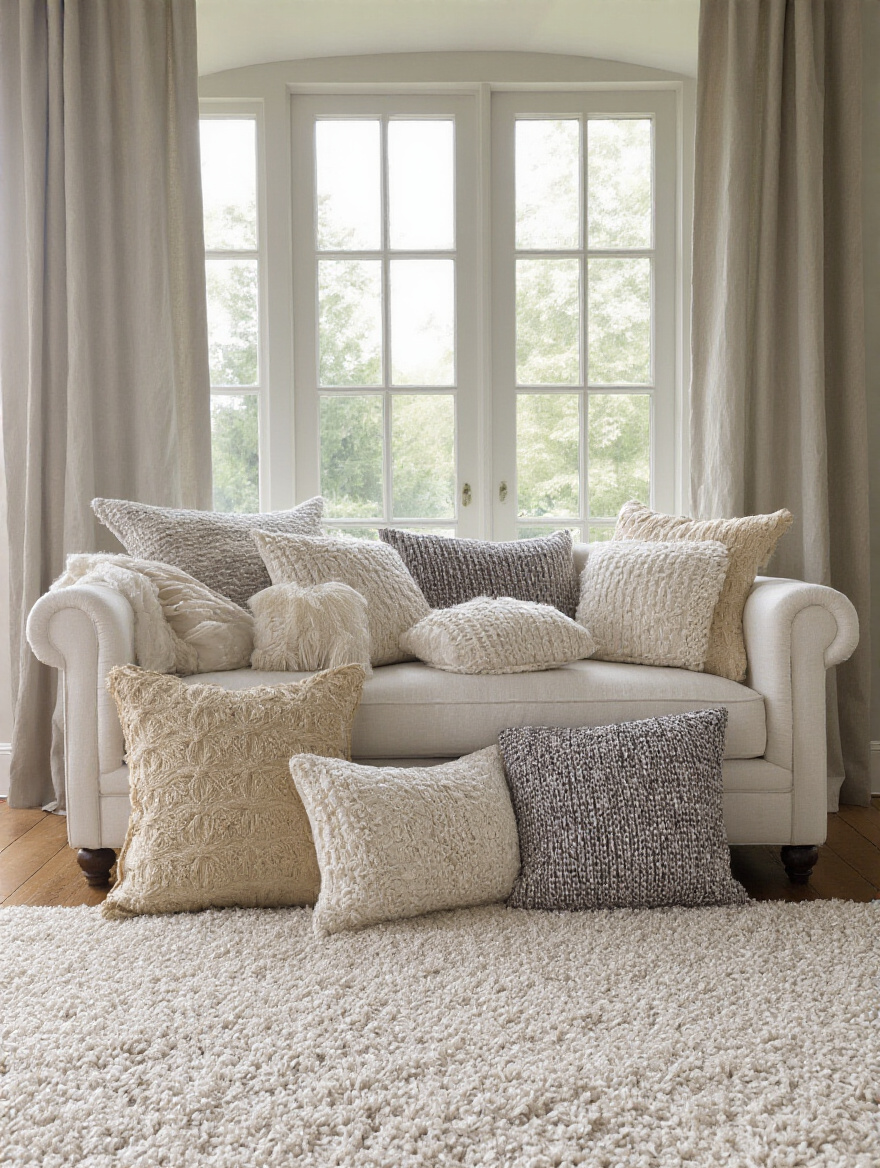
My shortcut here is to always use an odd number—three or five on a sofa, one on a chair. It looks more natural and less staged. And please, invest in good feather-down inserts that are an inch or two larger than your pillow cover. They look and feel a hundred times more luxurious than cheap polyester fill and give that satisfying “chop” that signals pure comfort.
Now let’s get even more flexible with our seating and our sound control.
Poufs and ottomans are the secret weapons of a functional, cozy room. They’re footrests, extra seats, or even a soft-surfaced coffee table. They are the definition of relaxed living. But from a design perspective, their power is in their low, soft form. They break up the “leggy” look of a room full of sofas and chairs on tall legs, grounding the space.
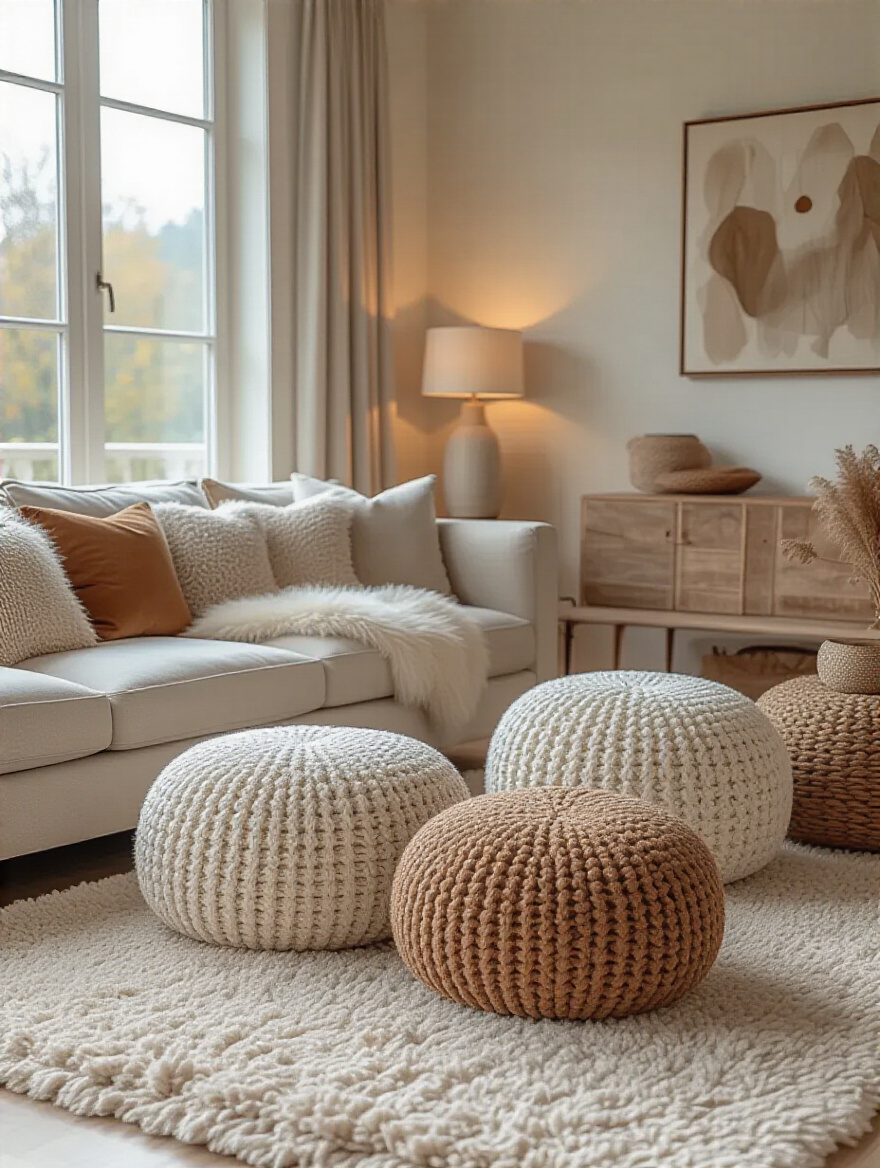
A large, fabric-covered ottoman is also, essentially, a small, movable bass trap. It’s a big, soft box that can help absorb some of the low-frequency sound waves that build up in a room. Choosing something with texture—a chunky knit, a boucle, a durable jute—adds another layer of sensory input and another surface to soften the room’s sound.
For the ultimate soft landing, let’s go back to the floor.
This is about pure, unapologetic sensory indulgence. Placing a sheepskin or high-quality faux fur rug under your feet at your primary listening spot, or by the armchair in your Reading Nook, is a powerful physical cue for relaxation. It creates a small, hyper-cozy zone within the larger room.

And yes, it’s also another fantastic sound absorber. I often recommend clients with hardwood floors place a small sheepskin right between their listening chair and the speakers. It’s perfect for taming any lingering high-frequency reflections from the floor that the main area rug might have missed. Layering it on top of your bigger rug adds visual depth and another layer of acoustic control.
To take that luxury feel up a notch, let’s talk about specific power-player fabrics.
If you want a shortcut to a room that feels both cozy and sophisticated, use velvet and bouclé. There’s a reason these are so popular in high-end design. They are textural powerhouses. Velvet has a deep, dense pile that absorbs sound beautifully and plays with light in a way that adds incredible visual depth. It’s why old theaters are covered in it.

Bouclé, with its looped, irregular texture, is a master of diffusion and absorption on a micro-scale. It just screams “curl up here.” The common BS is that these are just for looks. The truth is they are high-performance acoustic fabrics masquerading as luxury. Upholstering a statement armchair in a rich velvet or an ottoman in a cream bouclé does double duty: it feels amazing and it helps tune your room.
A great music room isn’t just seen and heard; it’s felt. It’s about creating an entire atmosphere. Engaging all your senses is how you turn a nice room into an immersive sanctuary where you can truly connect with music.
The appeal of a fireplace is primal. The flicker of a flame is inherently calming. For most of us, a wood-burning fireplace isn’t practical, but modern electric versions are incredible. The visual of the dancing flames provides a central, mesmerizing focal point that encourages you to settle in and stay a while.
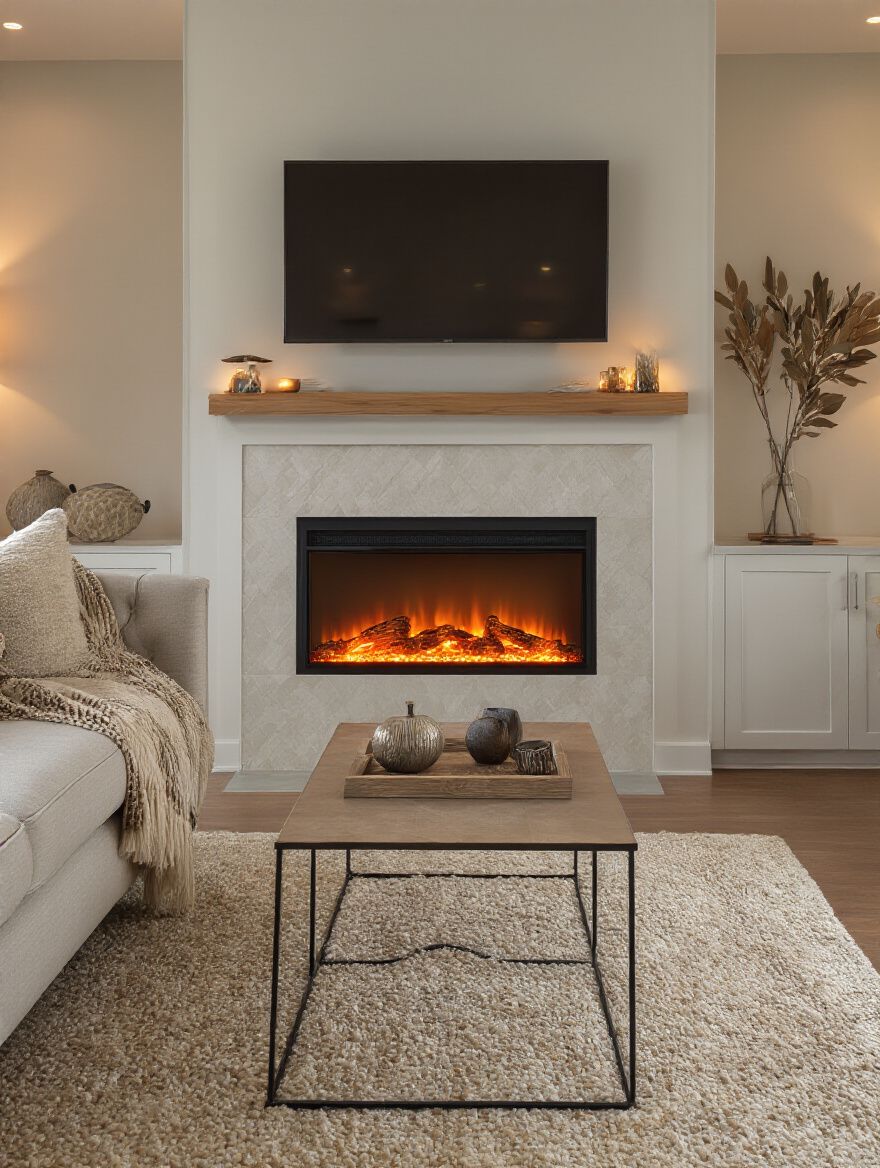
The added benefit is that the fireplace unit and its surround (the mantel) break up a large, flat wall. Instead of a boring, sonically-reflective surface, you now have an architectural feature with varying depths that helps scatter sound waves. It’s a subtle but effective way to add both visual and acoustic interest.
The visual of a fire pairs perfectly with the right scent.
Scent is a powerful trigger for memory and mood. The goal here isn’t to blast the room with a synthetic “ocean breeze” plug-in. It’s to create a subtle, grounding aroma that signals it’s time to relax. Soy candles with natural essential oils—think sandalwood, cedar, lavender, or frankincense—burn cleaner and release a more gentle, complex fragrance.

For a musician, this can become a powerful ritual. Lighting a specific candle before a practice session or a deep listening session can help you get in the zone. It becomes a sensory cue that preps your mind for focus and creativity, clearing away the noise of the day before you even play a single note.
Let’s refine the other source of light in the room.
I mentioned this before, but it is so important it deserves its own point. This is the single cheapest, highest-impact upgrade you can make. If you can’t dim your lights, you have only two options: “on” and “off.” It’s either interrogation-room bright or pitch black. Neither is ideal for music.

You need the in-between. You need that low, warm glow for listening to a record, but you also need to be able to turn it up to see your fretboard or read sheet music without straining your eyes. I recommend “dim-to-warm” LED bulbs. As you dim them, their color temperature actually gets warmer, perfectly mimicking the cozy glow of an old-school incandescent bulb.
Now for the sound. But I’m going to challenge the common advice.
Okay, let’s call out some BS here. The original article suggests a Bluetooth speaker for ambient music. And sure, for some background lo-fi while you’re cooking, a single speaker is fine. But for anyone who actually cares about music, a single mono source is a disservice to the art. You’re missing the entire soundstage.
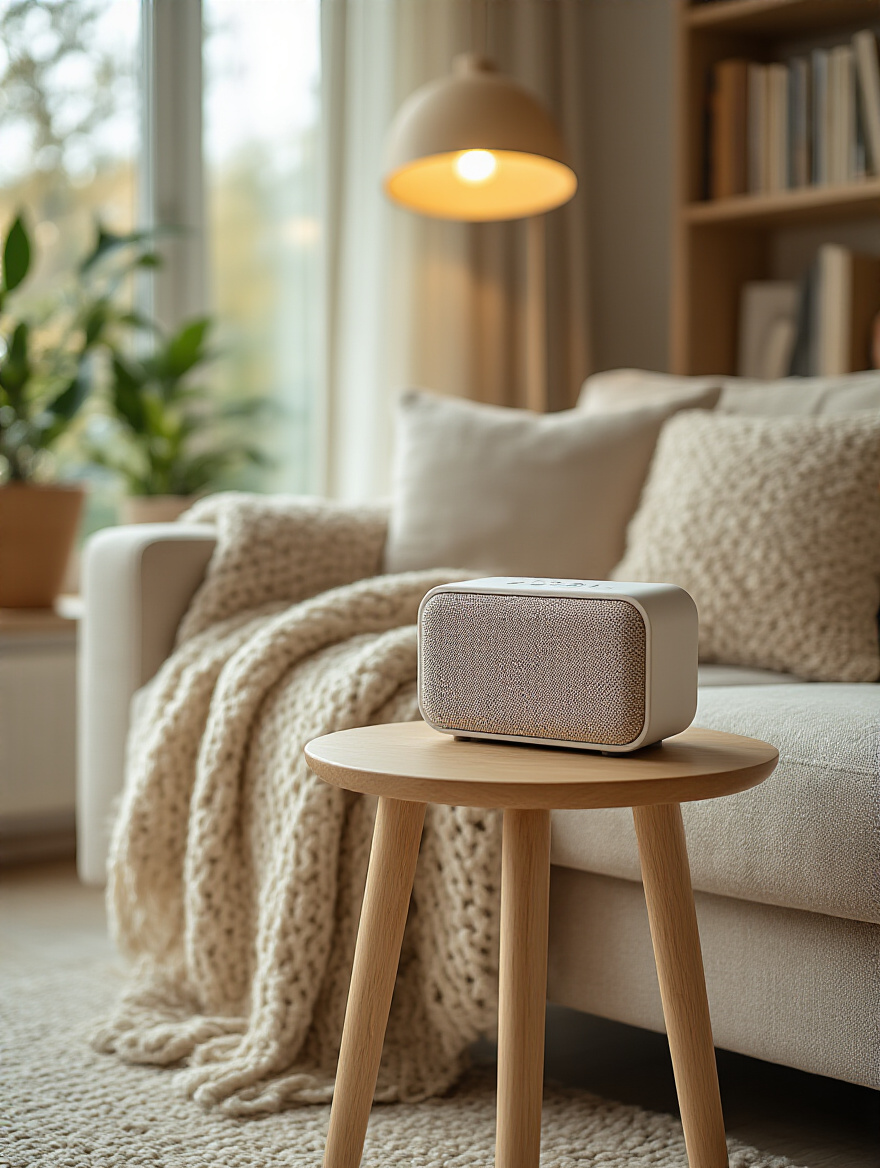
The magic of a good recording is the stereo image—the illusion of instruments placed across a stage in front of you. A single speaker can’t do that. So, my advice is this: use your main, properly-placed stereo speakers. Play your calming music through a system that honors it. If you must use a secondary speaker, get a pair of small, smart speakers that can be set up to play in stereo. You deserve to hear the full picture.
To complete the sensory immersion, let’s bring back scent in a different form.
A diffuser offers a different kind of scent experience than a candle. It’s flameless, and it can run for longer, providing a consistent, subtle layer of aroma. This is fantastic for setting a consistent mood over a long practice or creative session.
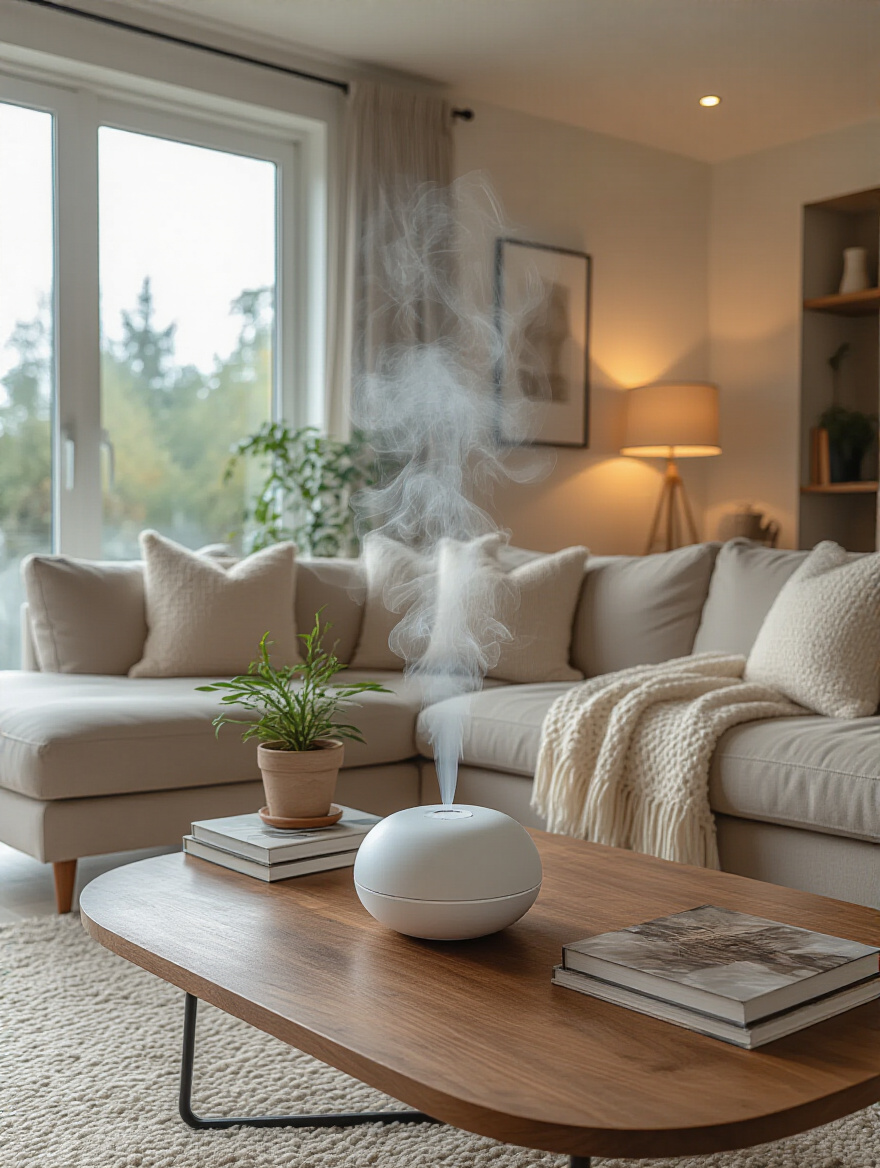
This is your chance to become your own scent DJ. Create a blend for focus (rosemary, peppermint), one for relaxation (lavender, chamomile), and one for creative energy (citrus, sandalwood). Tying specific aromas to specific musical activities is a powerful form of “scent-scaping” that can enhance your entire relationship with your creative space.
A room is just a box until you put your story in it. These are the elements that make the space uniquely yours. They provide emotional comfort and, as you’ll see, they can be acoustic powerhouses in disguise.
Here it is. My absolute favorite design trick, the one I learned the hard way after building a studio that was acoustically perfect but felt sterile. A wall of books and records is the most beautiful and effective sound diffuser you can possibly have in a home. The varied shapes, depths, and densities of the spines scatter sound waves in all directions.

This breaks up standing waves and kills harsh reflections, making the room sound infinitely richer, warmer, and more alive. It prevents that dead, muffled sound you get from a room with too much absorption. A personal library tells your story, displays your passions, and secretly turns your living room into a high-performance acoustic space. It’s the ultimate win-win.
Now, let’s add some living things.
Plants bring life, color, and a sense of calm into a space. They are a tangible connection to the natural world, which is inherently grounding. The psychological benefits are huge. A little green can make a room feel less static and more vibrant.
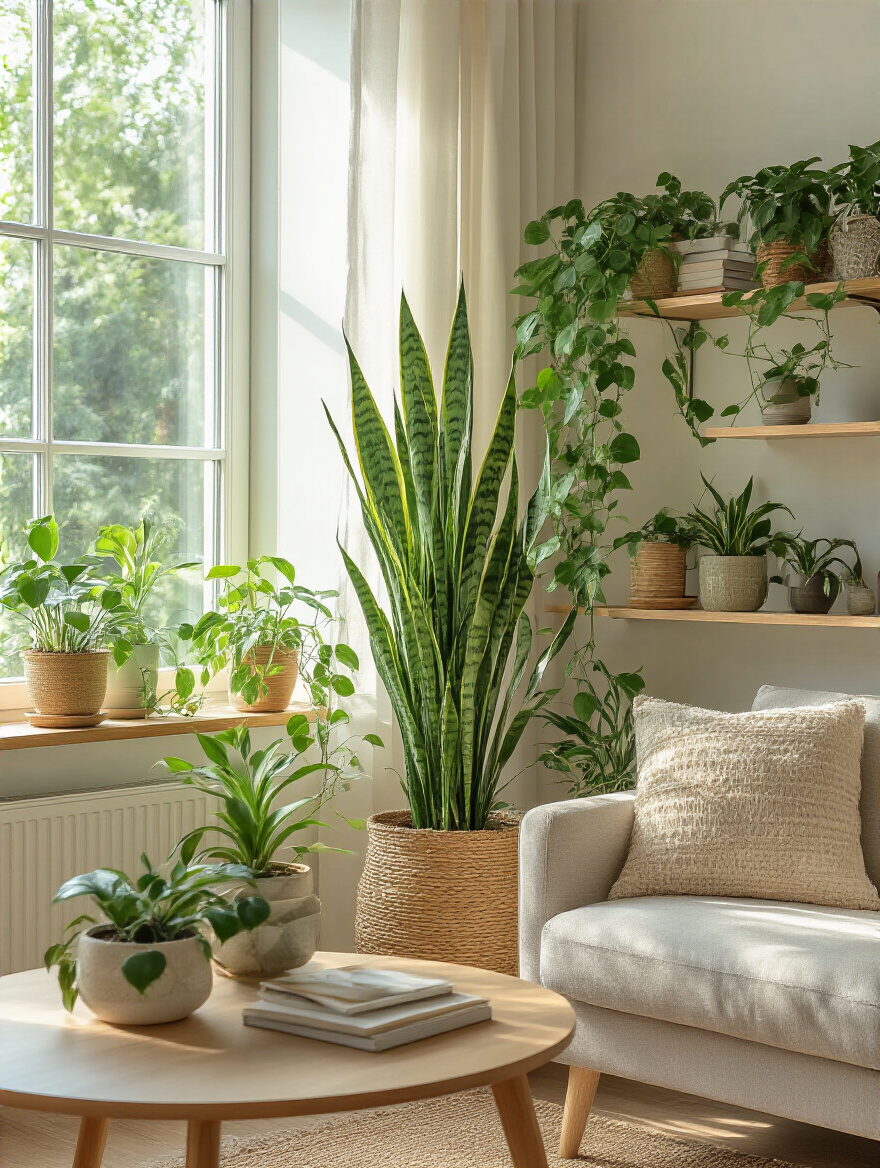
From an acoustic perspective, a large plant with lots of leaves—like a Fiddle Leaf Fig or a Monstera—acts as a natural sound diffuser. It’s not going to transform your room’s sound, but a few well-placed plants with their complex, irregular shapes absolutely help to break up sound waves in a small way. It’s another example of how elements that add visual beauty can also contribute to a better-sounding space.
Next, let’s put your personal story front and center.
A room without personal photos can feel like a hotel. A home should reflect the lives lived within it. Displaying photos of people you love and places you’ve been creates a powerful sense of emotional safety and belonging. It roots you in your own history.
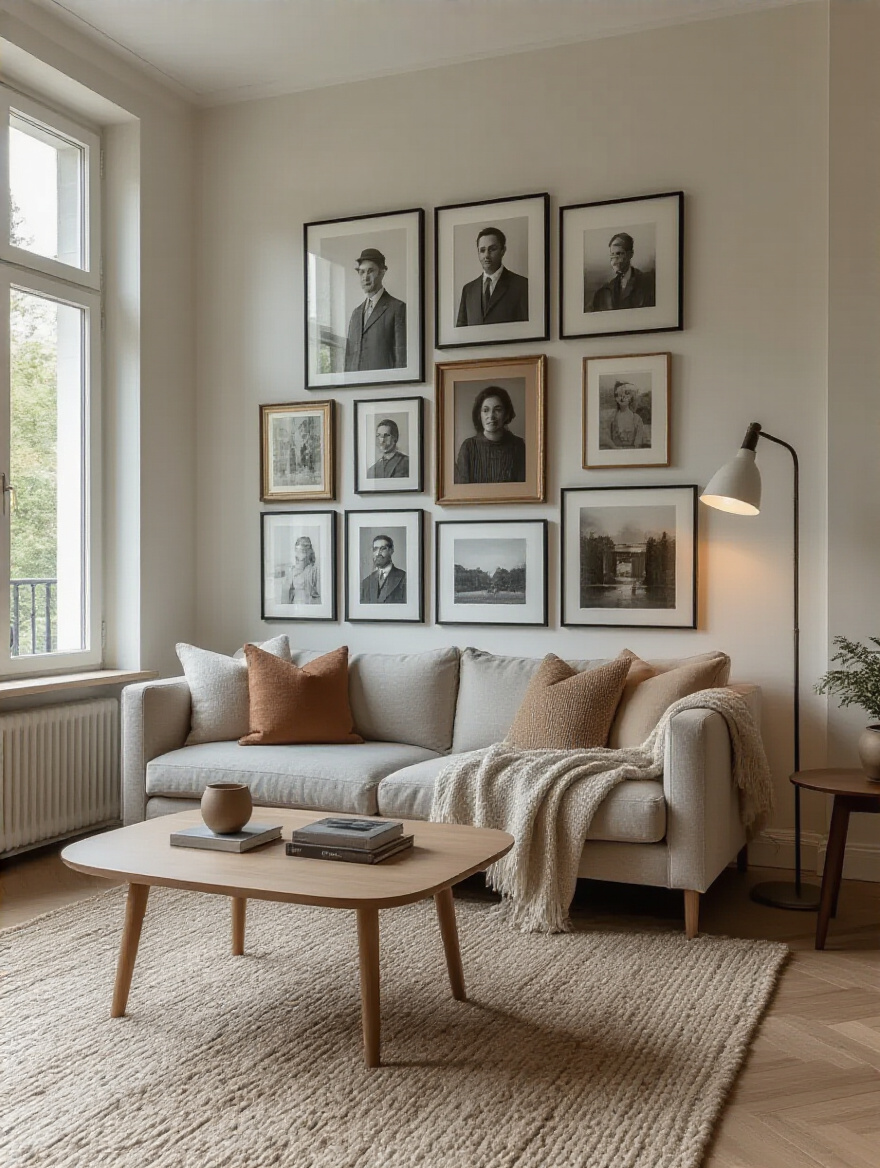
But a quick pro tip: think about how you display them. A giant, single piece of art under glass is an acoustic nightmare—it’s that mirror effect again. A gallery wall, with multiple smaller frames of different sizes and depths, is actually much better. It creates an uneven surface that helps to scatter sound. Mix in your photos with other meaningful objects to create a display that’s both emotionally resonant and sonically smart.
Finally, you need to be able to quiet the visual noise.
Visual clutter creates mental clutter. And mental clutter is the enemy of creativity and relaxation. You can’t get lost in an album if your eye keeps getting snagged on a pile of mail or a tangle of charging cables. You need smart, elegant storage.
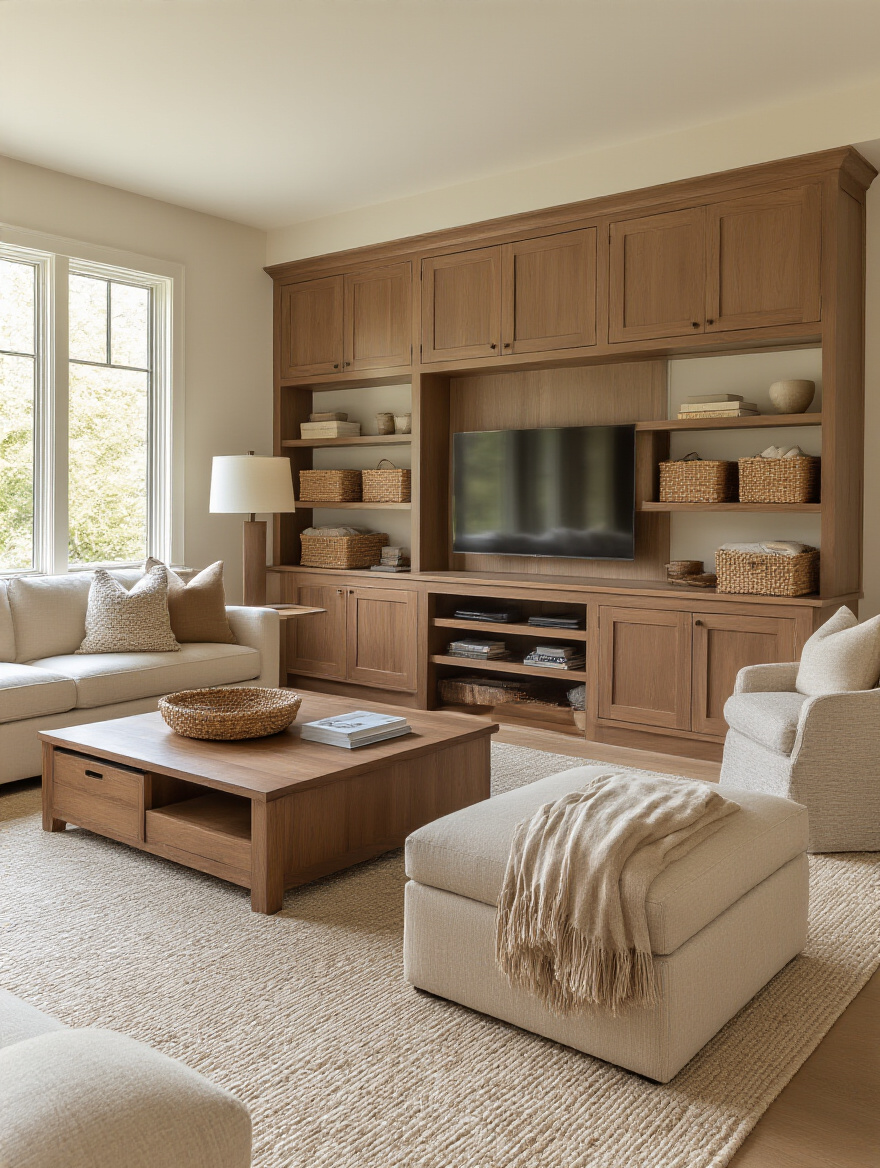
Think storage ottomans where you can toss blankets and remotes, media consoles with solid doors to hide all the electronics, and beautiful lidded baskets for magazines or sheet music. Creating a designated home for everything allows the beautiful, intentional parts of your room to shine. A calm, organized space allows for a calm, organized mind—the perfect state for making or listening to music.
These are the final-act flourishes. The details that take a room from “nice” to “unforgettable.” They tie all the previous layers together and add a level of polish and intentionality.
I’ve touched on this, but it’s crucial. The art you choose can make or break a wall acoustically. My pet peeve is seeing a huge, expensive, glass-covered print hung between two speakers. It’s like installing a cymbal on the wall. It creates horrible splashy reflections right where you don’t want them.
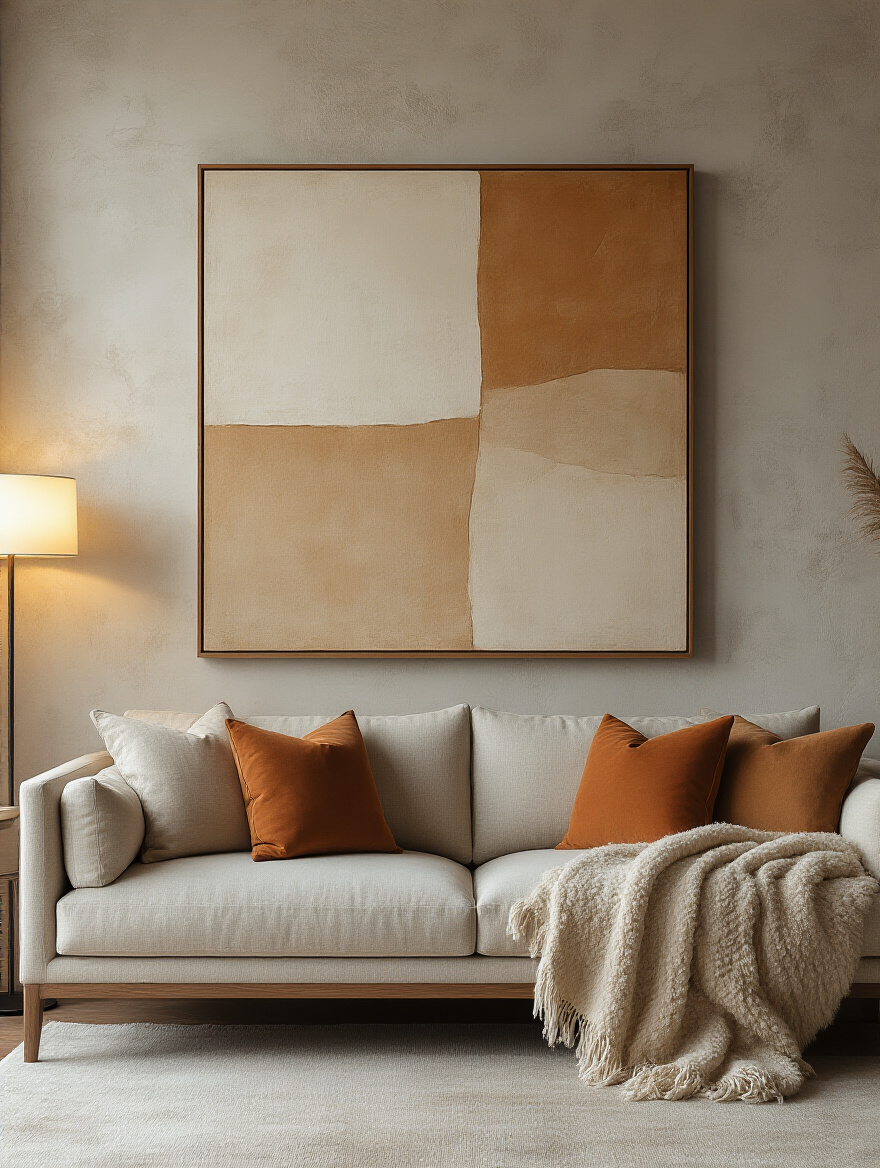
Instead, opt for a large, unstretched canvas or, even better, a textile piece like a beautiful tapestry or macramé wall hanging. These are absorbent and will add a final touch of softness to your room’s sound. They provide that bold visual focal point without compromising the acoustic coziness you’ve worked so hard to build.
Let’s ground the space with some solid, organic materials.
There’s a reason guitars are made of wood. It has a natural warmth, resonance, and character that synthetic materials just can’t replicate. Bringing solid wood furniture into your living room—a coffee table with a beautiful grain, an oak media console—lends a sense of permanence and quality. It feels substantial and grounding.
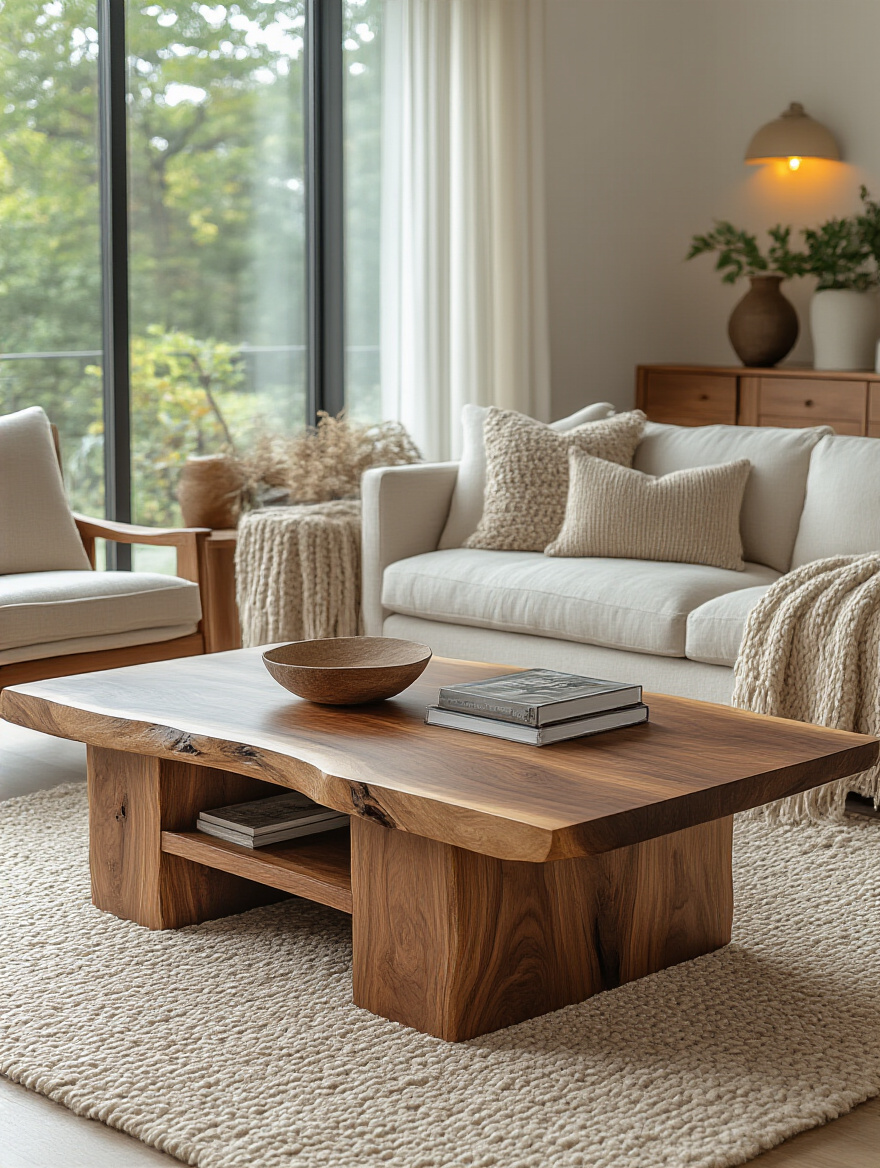
Unlike cheap particleboard furniture, solid wood ages gracefully, gaining a patina that tells a story. It’s a physical counterpoint to all the soft textiles, providing a necessary balance. The feel of solid wood under your hands is an earthy, satisfying sensation that connects the room to the natural, organic world of music.
Now, let’s carve out a space just for you.
Within your main living room, create a mini-sanctuary. A single, ridiculously comfortable armchair, a small side table for your drink, and a dedicated reading lamp. This is your personal escape pod. It’s the spot for headphones-on, deep-dive listening sessions, or for sitting with your guitar and working out a new idea.
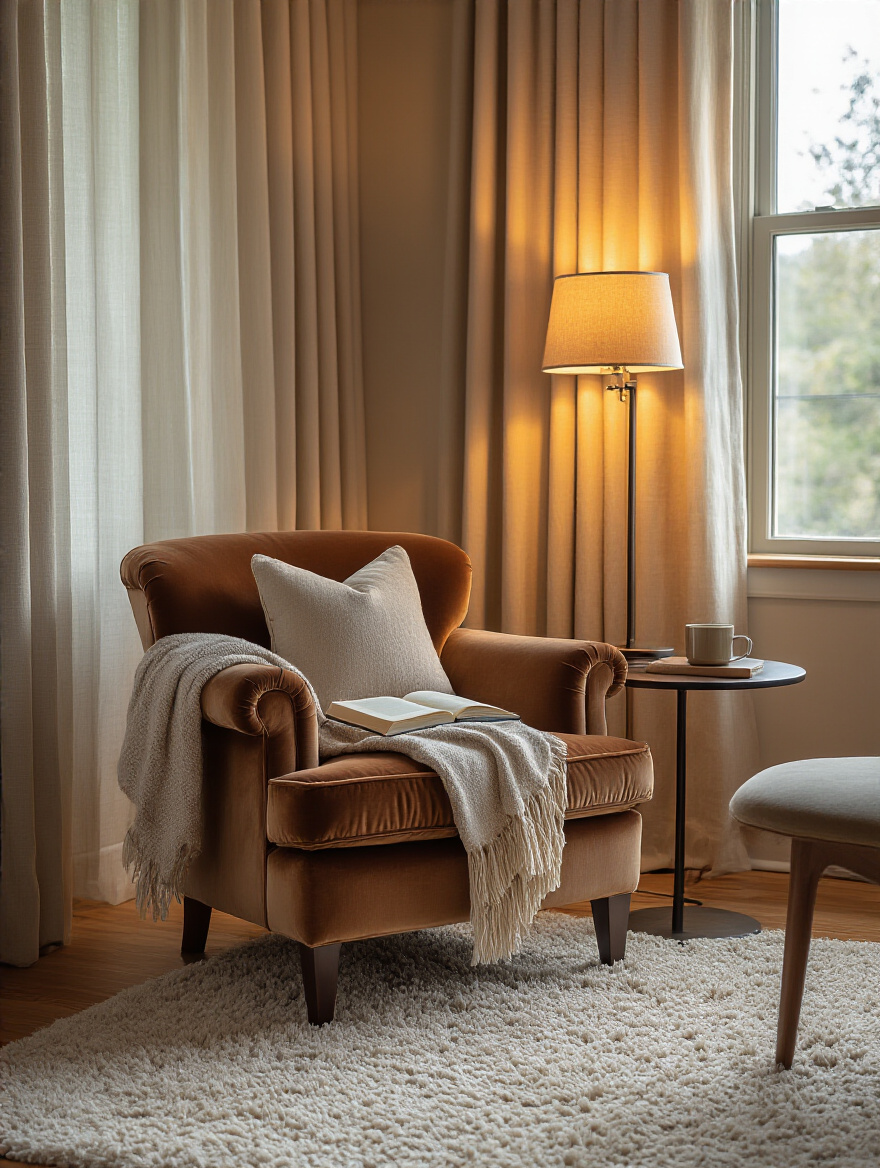
Make sure the chair is upholstered in a tactile, sound-absorbing fabric like velvet, chenille, or bouclé. Place it at an angle, not pushed flat against the wall, to help prevent weird sound reflections. This little nook gives you permission to retreat and recharge, even in a busy home.
And the final touch to keep it all looking serene.
This is the ultimate shortcut to making your space look polished and intentional. A coffee table with a remote, a candle, a couple of coasters, and a small plant can look cluttered. But place all those same items on a beautiful wooden or marble tray, and suddenly it’s a curated vignette.
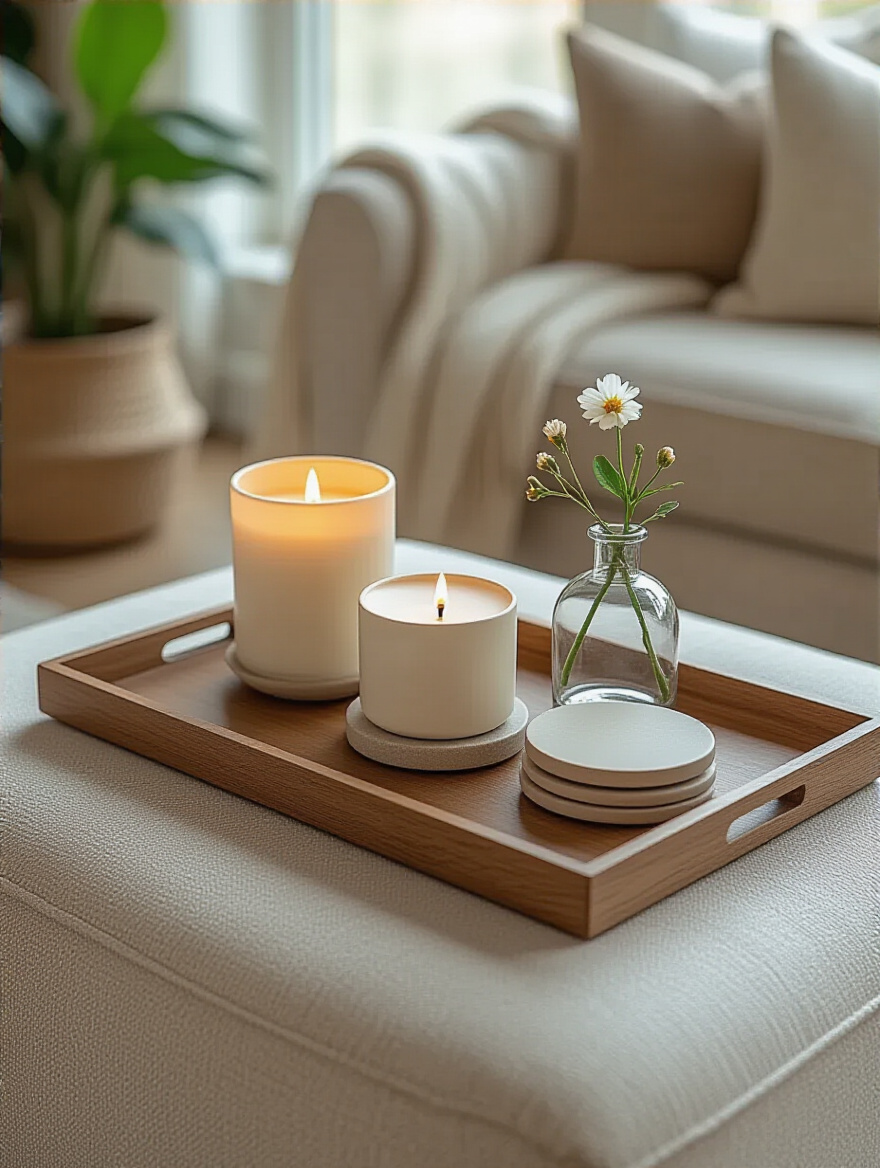
The tray creates a visual boundary. It’s a simple psychological trick that contains the chaos and turns everyday items into a deliberate arrangement. Keeping your surfaces organized this way reduces that low-level visual stress, allowing your mind to relax and your focus to turn to what really matters: the music.
Look, building a space that feels truly, deeply good is a process of layering. It’s about understanding that every choice—from the rug on the floor to the art on the wall—has an effect on how a room looks, feels, and sounds.
A truly cozy living room for a music lover isn’t just a quiet escape. It’s an active participant in your creative and listening life. It’s a room that’s been tuned like an instrument—to be warm, resonant, and clear. It’s a space that honors the music you love by giving it the best possible place to be heard. So start with one or two of these ideas, and listen to how your room changes. You’re not just decorating; you’re building your sanctuary.